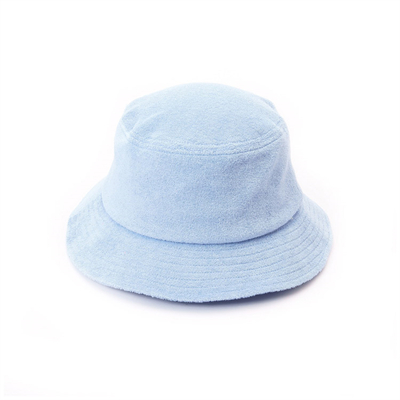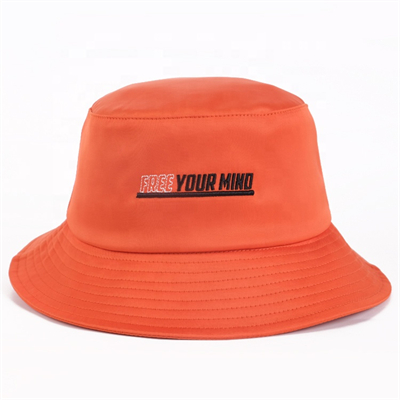The primitive man covered the head with animal skins and leaves to protect the head, which produced the prototype of the hat.
“Book of the Later Han Dynasty Yufu Zhi” has the record of “living in caves and wild places in ancient times, with hair and skin on clothes”. The hats in ancient China mainly include crowns, crowns, bians, women’s robes, heads, helmets and other varieties.
The history of caps around the world is also very long. In ancient Europe, men wore hoods and caps, and women wore veils and headscarves. In ancient Europe and the rural areas of Asia Minor, it was customary to wear straw hats made by households or hats woven from other plant fibers. Traditional craftsmen in Athens and Rome often wore felt hats with oval tops. In Rome, this hat was a symbol of the common people.
Beaver hats were popular in Flanders in the 14th century and later spread to France and England. British bowler hat, founded in 1850. Felt hats were popular in the United States in the second half of the 19th century. The sombrero is popular in Latin America and the American West. It is a high-top felt or straw hat with the brim rolled up at the brim. Turkish hats are popular along the southeastern coast of the Mediterranean Sea. Its shape is flat-topped, without brim, conical. The traditional headdress of the Arabs is the brightly colored Muslim headscarf. Japan has the traditional silk black lacquered Kanmeret. In the tropics, people wear cork helmets to protect them from the sun.








